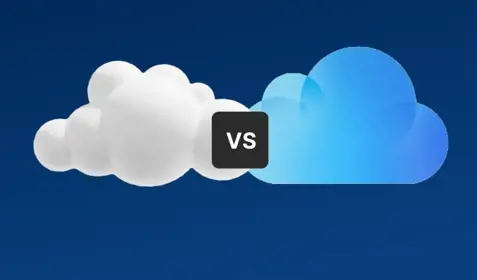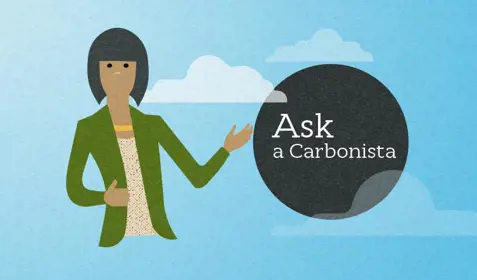Ransomware attacks are on the rise. According to the OpenText Cybersecurity 2023 Global Ransomware Survey, 46% of SMBs and enterprises have experienced a ransomware attack.
Not only can the payouts be high, but downtime from these incidents and other non-malicious activities such as natural disasters or human error is costly for businesses. IDC's Cost of Downtime and the Value of Support Contracts Survey found the total cost of downtime across all industries and organization sizes to be an average of $250,000 an hour.
That’s why having a comprehensive disaster recovery plan in place is crucial to cyber resilience, but it can often be too expensive and complex for small and midsize businesses to fully implement.
A better option exists. Disaster recovery as a service enables businesses to replicate workloads and data that may be a ransomware target into secure, cloud-based facilities that can be easily recovered, often in minutes and with lower costs and demand on IT resources.
What is Disaster Recovery?
Disaster recovery is the process of swiftly bringing applications and data back online after a system outage or data loss. Outages can be caused by natural disasters, fire, cyberattack, or human error—all of which can suddenly render your business inoperable.
Without a plan in place, your business risks extended downtime, lost customers, and lost revenue.
Disaster recovery can mitigate those losses and get your business back up and running. A company’s disaster recovery plan should include:
- Backups of applications and data stored in a secondary location or the cloud.
- A dedicated team to oversee the process of backing up and restoring that data.
- Testing and optimization to make sure the recovery plan will work when you need it to.
Traditional Disaster Recovery vs. Disaster Recovery as a Service
Traditional disaster recovery (DR) requires businesses to maintain a secondary site with similar storage, computing, and networking resources as the primary site. Other things needed are software to copy data and applications to the secondary data center and a staff to plan, test, and document the process.
For many small and midsize businesses, the redundant hardware, data center space and additional IT resources are too costly to make this a viable option. That could leave these businesses unprepared in the event of a disaster.
Many organizations have turned to using the cloud for DR, which helps reduce the cost. Cloud-based DR avoids all the overhead of running a second physical data center.
Yet this doesn't address the administrative challenge. IT administrators are still tasked with managing and maintaining these environments, and the larger and more complex they are, the more time-consuming the task.
That’s where disaster recovery as a service comes in.
Disaster recovery as a service (DRaaS) is when a vendor provides everything an organization needs for DR, including DR software, infrastructure, and sometimes management. Through this service, DRaaS providers can take most of the costs – both monetary and administrative – out of customers' hands.
DRaaS solutions use software to replicate workloads, data, and user settings to a provider’s cloud. In the event of a disaster, data and applications housed in that cloud are spun up as a secondary production site and remain operational until the customer’s primary site resumes operations and failback can occur. It typically provides faster recovery points and times than other modes of backup and recovery.
Using DRaaS to build an effective recovery plan
DRaaS takes the burden of planning and managing DR resources off of the organization and puts it into the hands of DR specialists.
Solutions like Carbonite’s Cloud Disaster Recovery, provide a dedicated, remote team of continuity and DR specialists that combine advanced technology with proven best practices and early-warning tracking systems to ensure the availability of your mission-critical data in the cloud.
Specialists help develop, test, and document a custom continuity and DR plan and keep it updated for you. They execute the failover or recovery of your IT operations in the cloud whenever you request it and they’re available to help 24 hours a day.
With DRaaS, you can reduce the IT resources spent on DR while implementing a comprehensive DR solution to fully protect your business.
To learn more about DRaaS, speak to one of our experts here.








